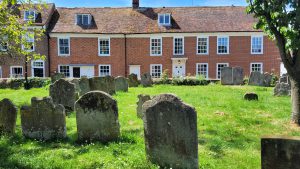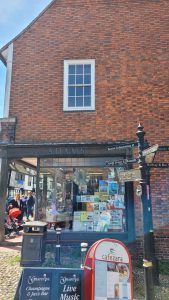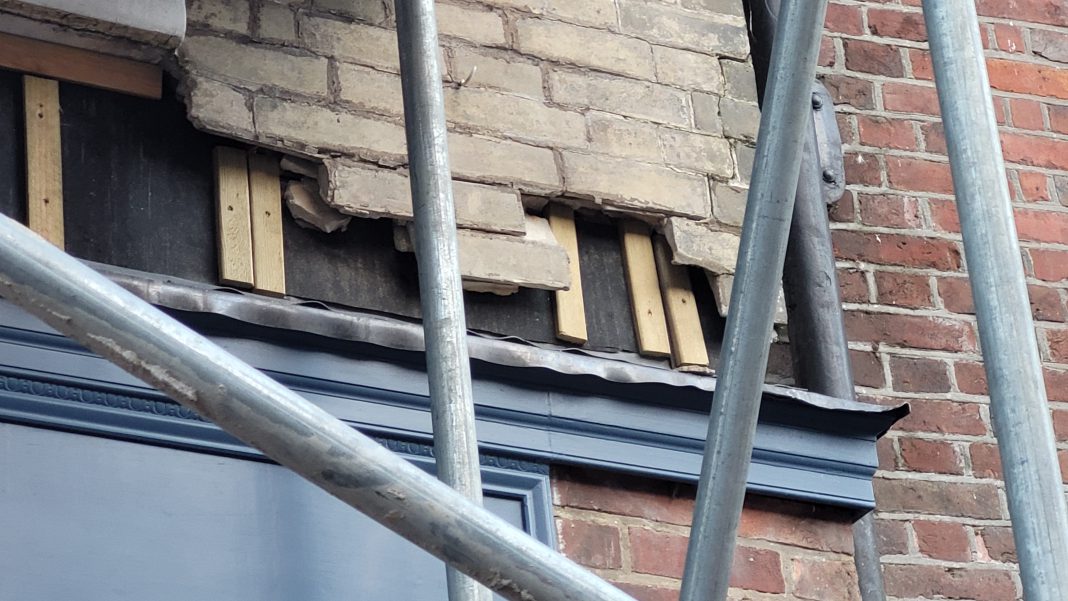As a recently arrived resident of Rye (although a frequent visitor since the late 1960s), I walk around the town full of awe at it all and still in a state of disbelief that I am lucky enough to live in such a beautiful place. At the same time, I realise that there are so many things to learn about the history, architecture and people of the town. One discovery that has captured my attention is the use of mathematical tiles on many Georgian buildings in the town. These tiles, seen extensively in the south east counties of England especially in Sussex and Kent including in Lewes, Brighton and Rye, were used from the 18th century to cover older timber-framed buildings and because they were cheaper and easier to lay than bricks.


I first noticed that something was not quite as it seemed when looking above the Cornish Bakery shop on the High Street, only to see that some bricks were missing. On closer inspection, I could see that what looked like yellow bricks were in fact narrow tiles attached to wooden laths. This is a clear example of how the tiles were used and without the missing ones, I would have been none the wiser. Further investigation revealed to me that houses in Church Square and the side wall of Adams facing Conduit Hill are, in fact, covered in mathematical tiles.
Now, I am finding myself closely inspecting many an apparent brick wall to see if I can, indeed, spot other examples (without resorting to Googling the information) – a sight that my well puzzle many a visitor or resident!
Image Credits: Juliet Duff .




Nice to see mathematical tiles given the attention they deserve in East Sussex and Kent. A very recent example was retiling one of the oriel windows at The George, now painted over.
One detail:- I always understood the use of mathematical tiles was to give the appearance of ‘posh’ brickwork whilst avoiding the Brick Tax at the time!
Since my posting I’ve read Nick Forman’s earlier article.
I seem to have been hoist with my own petard as he says the tiles didn’t escape the Brick Tax.
I suspect the main reason was to smarten up old fashioned timber framed facades. Similarly there are examples of fake stonework in Rye and Tenterden, made from timber.
There’s another potential reason why mathematical tiles are so common in Rye – in the 1620’s, Rye Borough Council passed a by-law making it illegal to pull down your house in Rye if it was attached to another house.
Therefore when brick became the most fashionable building maternal in the 18th century (pioneered in Rye by James Lamb’s ultra-fashionable Lamb House), other householders who wanted to modernise were unable to rebuild their half-timbered houses, as the by-law prevented their demolition.
Instead they stuck tiles resembling bricks on top of their half-timbering, to give the impression that they lived in a fashionable brick house. The House With The Crooked Chimney, in Church Square, is a prime example of this!